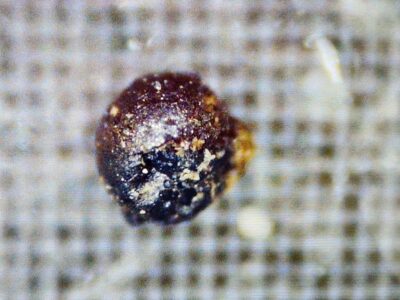
Operation IceBridge Antarctica ramps up for a second year of ice surveys. Originating from Chile, a series of airborne missions will be flown almost daily from the airbase in Punta Arenas. Using a DC-8 jet airliner, the flights will run up to 11 hours each as they cross Drake’s Passage and the Southern Ocean to reach their destinations of monitoring Antarctic sea ice, the Antarctic peninsula and the western edges of the continent, before returning back to Chile each night. Flights will include some low altitude (~1,500 ft.) flights, and a few high altitude flights (~35,000 ft.). For this season we will re-fly some of last year’s lines as well as adding some new locations to the flight plans. One area to be resurveyed is an area of ongoing change – the Pine Island Glacier. This year the project design includes flying further back over the major trunk of the glacial ice stream in order to better understand the broader glacier dynamics. The sea ice flights are also of interest to the science community since Antarctic sea ice, unlike Arctic sea ice, is actually growing in extent. Developing a better understanding of why this might be occurring is extremely important to understanding the full Antarctic climate dynamics.
The instruments on the plane include laser to map and identify surface changes (Laser Vegetation Imaging Sensor [LVIS] & Airborne Topographic Mapper [ATM]), radar to penetrate through the snow/ice and image below providing information on the bedrock support and internal ice characteristics, and gravity to measure the size and shape of any ocean water filled cavities at the outlets of some of the main fast-moving glaciers. Before embarking on the actual mission, test flights must be flown to check each instrument. The five-hour test flights cruise over and around the Mojave desert, with different flight lines planned to test different instruments. To me the most exciting was a ‘pitch and roll’ over Lake Mead for the LVIS scanning instrument to collect surface topography data. The pitch is like putting the plane on a seesaw and tipping it forward and backward – which feels very impressive, and shows up in the vertical acceleration felt by the gravimeter and the butterflies in my stomach! The roll maneuver involves flipping the plane side to side (although not all the way over), and looks very impressive out the window! The instruments performed well so we move on to Chile.
The DC-8 carries 40 passengers and the seats are pretty big, so after a comfortable long-haul flight we spend Wednesday setting up the ground station – a hut where LVIS, ATM and gravity all have GPS antennae set up outside – and getting the gravimeter ready to measure. Our gravity team includes Jim Cochran, and me from Lamont and Kevin and Sean from the Sanders gravity group. Because the gravimeter must stay plugged in at all times, by NASA guidelines it must be monitored round the clock. We switch on and off this duty and every six hours swap generators and refuel. Easy. However the wind is blowing 76 km/hr, and gusting to 94 km/hr, so walking out to the plane is a challenge. The good thing about Punta Arenas is that there are not many things blowing around – anything not tied down blew away a long time ago!



